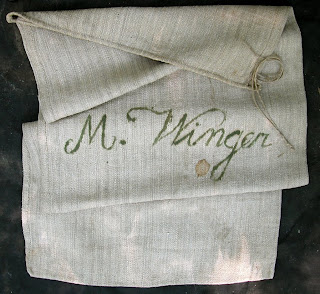

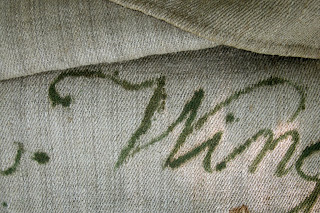 This may be my favorite antique piece of textile. The weave, the color and the script painted on the bag all work together so well. The bag measures 21 1/2" wide by 47 " long. It is made from one piece of fabric folded in half. The selvage edges are overlapped and each edge sewn rather than one row of stitching on the seam. I do not know the date on the piece, but it is from Pennsylvania.
This may be my favorite antique piece of textile. The weave, the color and the script painted on the bag all work together so well. The bag measures 21 1/2" wide by 47 " long. It is made from one piece of fabric folded in half. The selvage edges are overlapped and each edge sewn rather than one row of stitching on the seam. I do not know the date on the piece, but it is from Pennsylvania.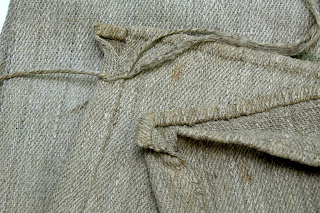 This picture shows how the bag is sewn together. The back piece overlaps on the front on one side and the front overlaps on the back on the other side. There is about a 3/8" overlap. The tie is almost worn out, but part of it is still there. J.R.
This picture shows how the bag is sewn together. The back piece overlaps on the front on one side and the front overlaps on the back on the other side. There is about a 3/8" overlap. The tie is almost worn out, but part of it is still there. J.R.Photos by Jan Riser.
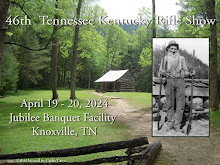

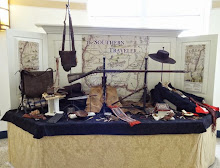





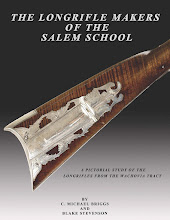

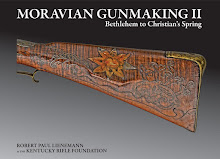


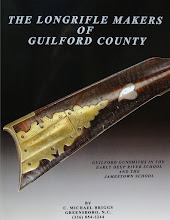

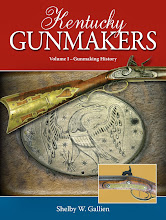









Dear Jan,
ReplyDeleteI believe what you have here is a "fire bag". I have seen several from out East and all are about this size or even larger, all have the owners name and there is a way to hang them and sometimes a drawstring. They were hung on the back of the bedroom door...if a fire broke out, one would put thier cloths inside, perhaps even bedding and pitch the bag out of the window. Textiles were very expensive then and while it would be impossible to move large furniture out of the house in time, at least one might save thier clothes....and then go for the silver! SL
I will look at some of my other bags and see what size they are. This one is a very tight weave and a heavy weight to the bag. One of my other bags has initials cross-stitched it. Also, I will look at a couple of books and will let you know what I find. Someone has emailed and wants to see how the seams are done so I will take a picture of that. Jan
ReplyDeleteThe Homespun Textile Tradition of the Pennsylvania Germans from the Pennsylvania Farm Museum of Landis Valley with an Introduction by Ellen J. Gehret and Alan G. Keyser is my reference. All the bags that they show are about the size of mine. Four out of five that they show are a twill design. Three of theirs are marked with a number with an explanation that they are part of a set. One bag was noted as being a two-bushel bag. JR
ReplyDeleteThe numbering sounds like something one would put on a fire bag. Did your refrences suggest what the use of these bags was for?
ReplyDeleteSML
They were called grain bags.
ReplyDelete